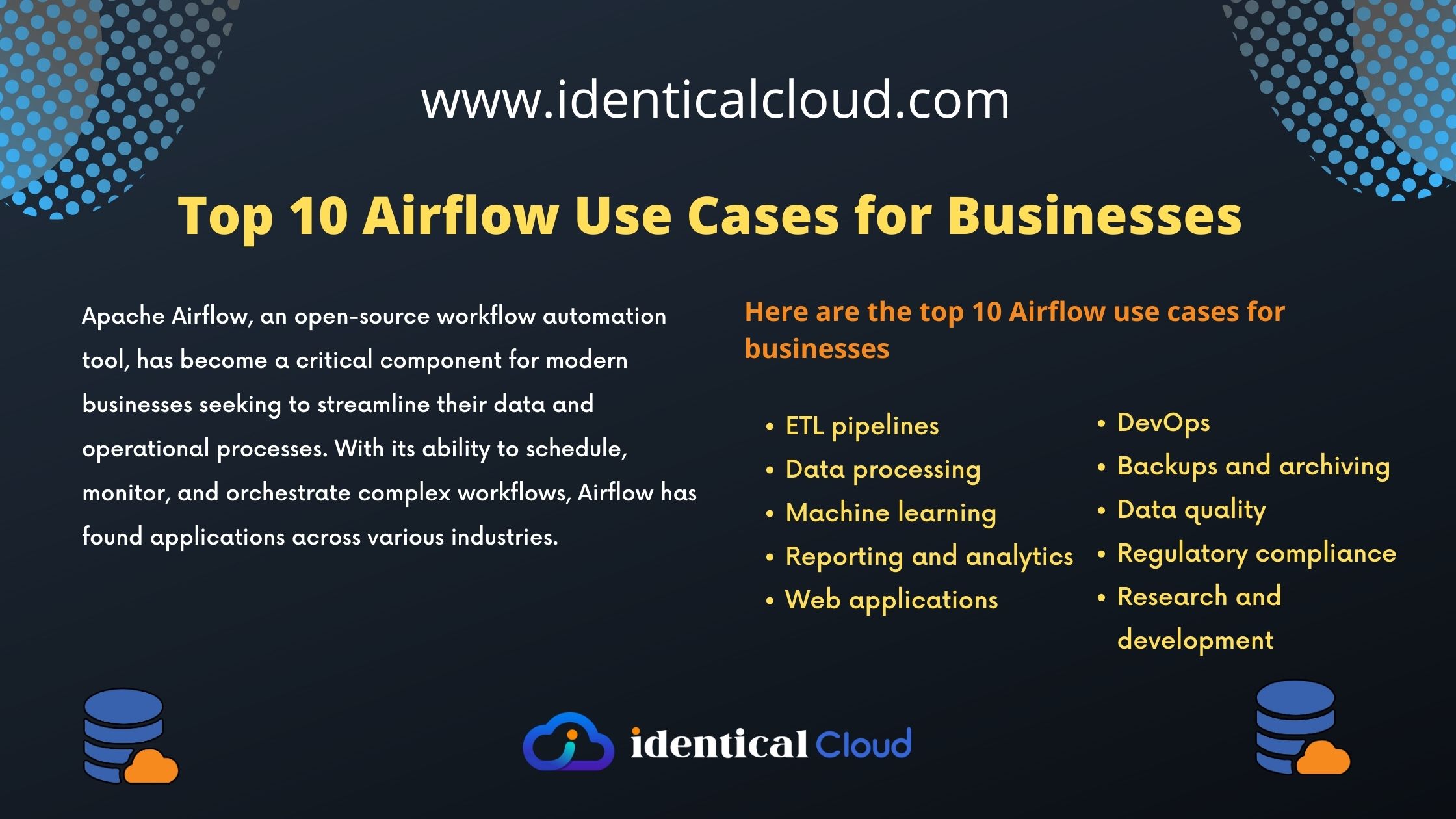What are the main uses of cloud computing?
What are the main uses of cloud computing?
Cloud computing has revolutionized the way businesses and individuals leverage technology. By providing on-demand access to a shared pool of computing resources, cloud computing offers flexibility, scalability, and cost-efficiency. In this article, we will delve into the details of the main uses of cloud computing and explore how organizations are leveraging its capabilities to drive innovation, streamline operations, and enhance collaboration.
Data Storage and Backup
One of the primary uses of cloud computing is data storage and backup. Cloud storage solutions provide a secure and scalable environment for organizations to store their data. With cloud storage, businesses eliminate the need for physical storage devices, reducing costs and ensuring data availability from anywhere, at any time. Cloud backup services also offer automatic backups, protecting critical data from potential loss due to hardware failures or disasters.
Application Deployment and Testing
Cloud computing enables developers to deploy and test applications quickly and efficiently. By leveraging cloud infrastructure, developers can provision virtual servers, databases, and networking resources, eliminating the need for extensive hardware setup. This agility allows for faster development cycles, cost savings, and easy scalability to meet changing demands.
Scalable Computing Power
Cloud computing provides access to vast computing power on-demand. Organizations can leverage this scalability to handle fluctuations in demand and perform computationally intensive tasks. Whether it’s handling sudden spikes in website traffic or processing large datasets for analytics, the cloud offers the ability to scale resources up or down, optimizing performance and reducing costs.
Collaboration and Communication
Cloud-based collaboration tools have transformed the way teams work together. With features like real-time document editing, shared calendars, and video conferencing, cloud-based collaboration platforms facilitate seamless communication and teamwork across geographically dispersed teams. Employees can access and collaborate on files simultaneously, enhancing productivity and driving innovation.
Big Data Analytics
The volume and complexity of data continue to grow exponentially. Cloud computing provides the necessary infrastructure and resources for processing and analyzing large datasets. By leveraging cloud-based analytics platforms, organizations can gain valuable insights from their data, identify patterns or trends, and make data-driven decisions that drive business growth and competitive advantage.
Disaster Recovery and Business Continuity
Cloud computing offers robust disaster recovery and business continuity capabilities. With data replication across multiple geographic locations, cloud providers ensure data redundancy and minimize the risk of data loss due to natural disasters or system failures. In the event of disruptions, organizations can quickly recover their data and systems, ensuring minimal downtime and uninterrupted business operations.
Software as a Service (SaaS)
Cloud-based Software as a Service (SaaS) applications have gained immense popularity. With SaaS, users can access software and applications over the internet without the need for installation or maintenance. This eliminates the need for upfront software purchases, reduces IT management overhead, and provides easy updates and enhanced accessibility.
Internet of Things (IoT) Integration
Cloud computing plays a crucial role in connecting and managing devices in the Internet of Things (IoT) ecosystem. IoT devices generate vast amounts of data that need to be efficiently processed, analyzed, and stored. Cloud platforms offer the scalability and processing capabilities required to handle the diverse data streams from IoT devices, enabling organizations to leverage the full potential of IoT technology.
Development and Testing Environments
Cloud-based development and testing environments have transformed software development processes. Cloud platforms provide readily available infrastructure, tools, and services, reducing the time and costs associated with maintaining local development and testing environments. Developers can quickly spin up virtualized environments, collaborate with team members, and streamline the testing and deployment of applications.
Virtual Desktop Infrastructure (VDI)
Cloud computing enables the deployment of virtual desktop infrastructure, allowing users to access their desktop environments and applications from any device with an internet connection. This provides flexibility, mobility, and centralized management of desktop environments, making it easier for organizations to support remote work and Bring Your Own Device (BYOD) policies.
The main uses of cloud computing span a wide range of applications and industries. From data storage and backup to application deployment, collaboration, big data analytics, and IoT integration, cloud computing offers versatility and agility that drive innovation and efficiency. By leveraging cloud-based services and resources, organizations can streamline operations, enhance scalability, reduce costs, and gain a competitive edge in today’s digital landscape. Embracing cloud computing is no longer an option but a necessity for businesses looking to thrive in the ever-evolving technological landscape.







